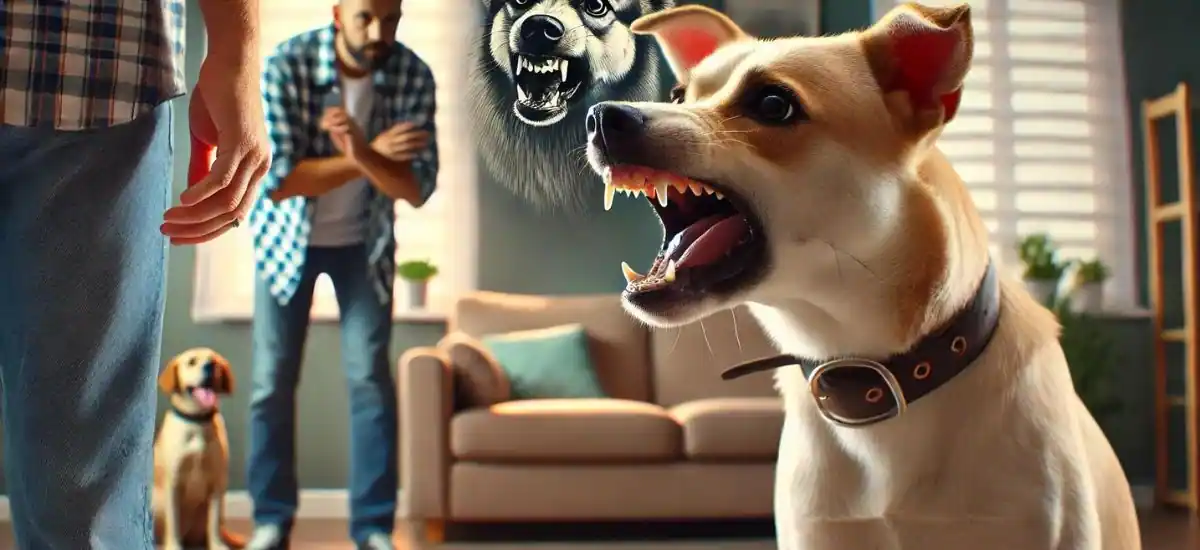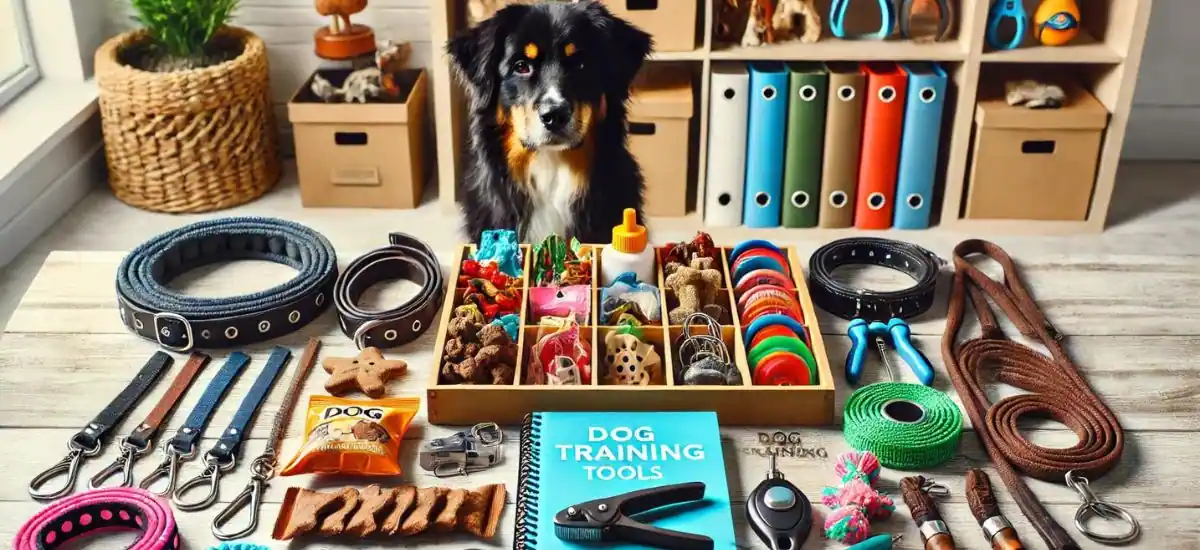Biting is a common yet serious issue many dog owners face. Understanding the root causes, such as fear, anxiety, protective instincts, or even playful behavior, is crucial in addressing this behavior. The answer to how to stop dogs from biting lies in a combination of strategies: proactive prevention through early socialization and consistent training, immediate redirection during biting incidents, and the use of appropriate tools like muzzles and training collars. For persistent issues, seeking professional guidance from trainers or behaviorists is recommended. By recognizing the signs early and employing these techniques, owners can effectively reduce and manage biting behaviors, ensuring safety and strengthening the bond between them and their dogs.
Understanding Why Dogs Bite
Understanding the ‘why’ behind those nippy behaviors can be a game changer. Let’s unpack some common triggers that might turn your sweet companion into a bit of a nipper:
- Fear and Anxiety: Just like us, when dogs feel cornered or scared, they might bite. It’s their way of saying, “back off!”
- Protective Instincts: If your dog perceives a threat to themselves or their pack (yes, that includes you!), their natural response might be to bite.
- Pain and Discomfort: Ever stepped on a Lego? That sudden, sharp pain can make anyone lash out. Dogs are no different; if they’re in pain, they might bite.
- Playfulness and Excitement: Sometimes, what’s intended as playful fun can go too far. Teaching your dog the difference between playing and biting is crucial.
Signs Your Dog Might Be Prone to Biting

Spotting the warning signs early can help prevent biting incidents. Here’s what to watch for:
- Body Language: A dog that’s about to bite may show signs like growling, snapping, or a stiff posture. Don’t overlook these red flags.
- Behavioral Cues: Frequent aggressive play, excessive barking, or lunging can all be precursors to biting.
Table: Quick Guide to Understanding Dog’s Body Language
| Behavior | Possible Meaning | Action to Take |
| Growling, Snapping | Aggression or discomfort | Increase distance, consult a trainer |
| Stiff Posture | High alertness or threat perception | Monitor closely, avoid sudden movements |
| Excessive Barking | Stress, anxiety, or territoriality | Address the underlying cause, consider behavioral training |
Preventative Strategies to Discourage Biting
Preventing a problem is always better than fixing one, especially when it comes to your dog’s tendency to bite. Here are some proactive steps you can take to nip this behavior in the bud:
- Socialization: Introduce your dog to a variety of people, pets, and environments from an early age. Well-socialized dogs are typically less anxious and less likely to bite.
- Training: Consistent obedience training establishes your leadership and teaches your dog appropriate ways to behave. Commands like ‘sit’, ‘stay’, and ‘leave it’ are essentials in your anti-biting toolkit.
- Environmental Management: Reduce your dog’s stress by creating a safe, secure space at home. Limit exposure to situations that trigger your dog’s biting, and gradually desensitize them to these stressors.
Techniques to Stop a Dog from Biting
If prevention falls short, here are some effective techniques to help correct this behavior:
- Positive Reinforcement: Reward your dog for non-aggressive behavior. Treats, praises, or their favorite toy can work wonders in reinforcing the behaviors you want to see.
- Redirection: When you see your dog getting ready to bite, try to redirect their attention to a toy or a different activity. It’s about catching the cue early and changing the narrative.
- Professional Help: Don’t hesitate to consult a professional dog trainer or a behaviorist if the biting persists. Sometimes, an expert’s touch is what’s needed to turn things around.
Tools and Resources for Training

Equip yourself with the right tools to transform your dog’s behavior. Here’s a list of recommended items that can aid in training and managing biting:
- Training Collars: Used correctly, these can provide gentle reminders to your dog not to bite.
- Muzzles: In situations where biting might be a risk, a muzzle can provide peace of mind while you work on training.
- Safe Toys: Durable toys that satisfy the chewing instinct can divert your dog from biting people.
Dealing with Incidents of Biting
Even with the best preventive measures, incidents can happen. Here’s how to handle a situation if your dog bites someone:
- Immediate Action: Safely secure your dog away from the scene to prevent further incidents. Check the victim for injuries and provide first aid as necessary.
- Consult a Professional: After a biting incident, consult your veterinarian to rule out any medical issues that might have contributed to your dog’s behavior.
- Legal and Medical Considerations: Understand your legal responsibilities, including reporting the bite to local authorities and following local health regulations regarding rabies vaccination and quarantine procedures.
Frequently Asked Questions
Q1. Why does my dog bite me and not my spouse?
Ans: Dogs may show preference or fear towards one person over another based on their experiences and interactions. Consistent training from all family members can help mitigate this.
Q2. Can a dog be trained out of biting as an adult?
Ans: Yes, with patience and consistent behavior modification techniques, even adult dogs can learn to reduce biting behaviors.
Q3. What should I do if my dog bites another dog?
Ans: Separate the dogs carefully to prevent further injury. Exchange contact information with the other dog owner and discuss the next steps, such as vet checks and possible behavioral training.
Conclusion
Biting is a serious behavior that requires immediate attention, but with the right strategies and a bit of know-how, it’s something that can be managed effectively. Remember, the key to success lies in understanding your dog, consistent training, and sometimes, a little help from professionals. Keep your chin up and those tails wagging safely!





